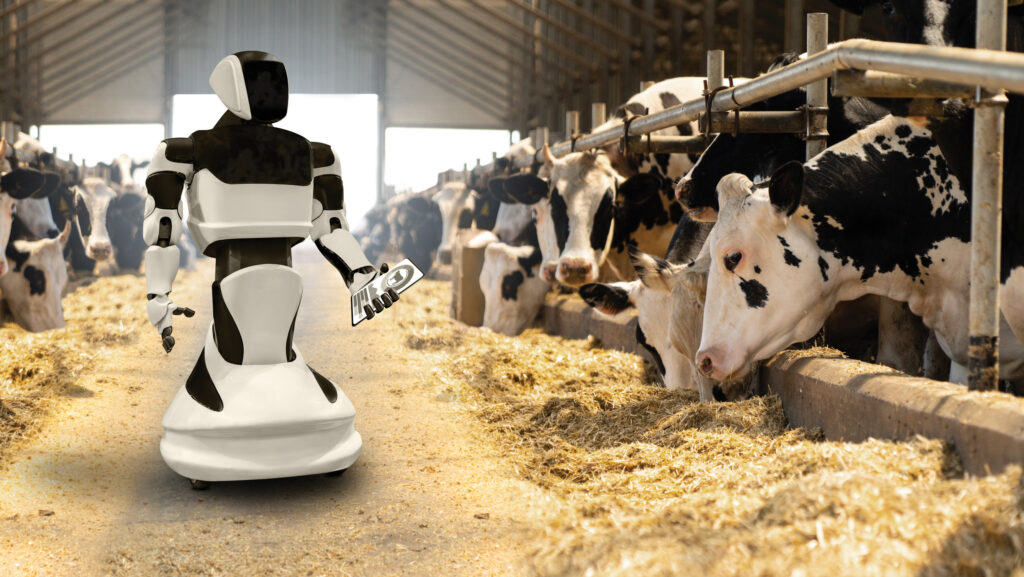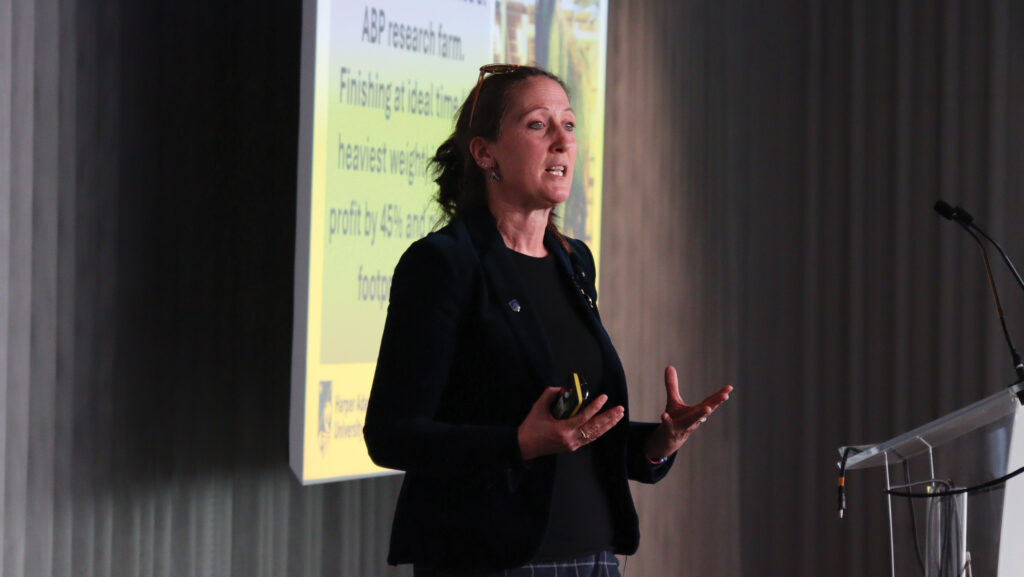Stockmanship still vital amid rise in artificial intelligence
 © AdobeStock
© AdobeStock Artificial intelligence is a brilliant tool, but not “the tool”, according to Prof Jude Capper from Harper Adams University. She says that there is “still a massive place” for stockmanship.
Her concerns in using artificial intelligence (AI) relating to animal welfare include:
- Trade-offs with other metrics
- Technical failures
- Inaccurate predictions/decisions
- Less focus on stockmanship
- Increased animal instrumentalism.
See also: Grant brings ‘excellent’ improvements to youngstock handling
“Humans do not always show predictable and logical behaviour; animals don’t either. So, can AI account for this? It’s a potential challenge to overcome,” she says.
“There is a real place for gut instinct and knowing your animals.
“We have got to think of all the trade-offs and think of a bigger picture, not a narrow one. With more technology, do we become more like a factory farm? We have to think about this and have an answer for it.”

Jude Capper © Phil Eades
Animal health gains
Research around the world could show where the biggest wins are in using AI technology to cut agriculture’s environmental impact, Jude explains.
“The biggest opportunity is in animal health because, globally, we lose 20% of animal protein – only 80% is harvested – to disease that could be detected and prevented earlier,” she said.
Some projects include using AI to:
- Analyse photos taken of the top and back of individual cattle, instead of regular weighing, data inputting and analysis. Researchers were able to predict finishing weights with “spot-on accuracy”, she said. This allows beef farms to increase profits by 45% and reduce costs by 32% simply by correctly selecting cattle for sale at the right time
- Precision-feed protein to 2,190 cows, resulting in a cut in ammonia emissions of 27%.
- Monitor soil health and quality, then adjust stocking density, in areas of overgrazing in China, by using drone images.
- Analyse lifetime CCTV monitoring in broiler flocks, which led researchers to accurately predict both mortality and end-of-life hock burn.
- Record temperatures recorded on udders and eyes to detect mastitis in cows, with an accuracy of 83.3%.
- Predict lameness events up to three weeks ahead with 93% accuracy from tracking weather data together with farm data and following at-risk cows.
Conditions for more uptake
“A better understanding of AI – what it gives in efficiency and cost reduction – and low-cost solutions would drive adoption,” she said.
“Transparency is needed to alleviate trust issues, human oversight and data governance.
“Trust is very variable, and key concerns include over-reliance on tech, privacy risk [where is this going, who is using it?], misinformation and a loss of human control.”
Kynetec’s head of EU livestock customer insights, Gemma Norman, said there is a wide age range from 18 to 65 years and with all flock and herd sizes, and therefore a “good representation” of farmers.
Farmer views on artificial intelligence
Some 39% of the British public see artificial intelligence as a threat or risk to the economy, according to a survey reported in The Times.
Just 20% think it an opportunity to improve productivity and cut costs.
Yet an online survey of 300 UK and Irish livestock farmers reveals that 42% are using smart technology.
Dairy farmers lead the way, using cow wearables to monitor health, milk yields, oestrus, and feed intakes, said Kynetec’s Gemma Norman.
Those using technology understand the benefits, she says:
- 76% said it had improved animal health and welfare
- 70% reported reduced workload
- 64% saw greater productivity.
But 71% say the drawback is that it is expensive, and Gemma thinks this is also a key reason for those not using it.
As 33% are unsure of the advantages of artificial intelligence in livestock farming, she says there is a need to bridge the knowledge gap.
Prof Jude Capper and Gemma Norman were speaking at the inaugural AI(Live) conference for livestock farmers in London on 23 September.
